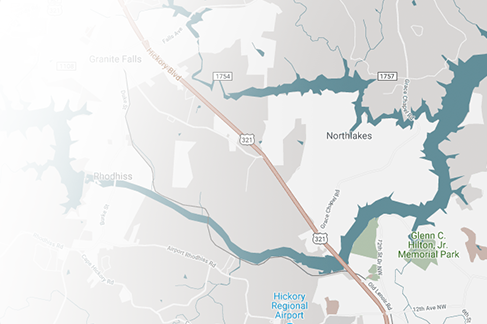Finger injuries are common occurrences from sports activities, accidents, or everyday mishaps. Two common finger injuries often misjudged are a jammed finger and a broken finger.
While they may share similar symptoms, understanding the differences between them is crucial for proper diagnosis and appropriate treatment. In this blog post, we will explore how to tell the difference between a jammed finger and a broken finger, along with available treatment options to promote healing and recovery.
Jammed vs. Broken Fingers
Jammed fingers
It occurs when the finger joint experiences sudden impact or hyperextension. This can cause the ligaments around the joint to stretch or tear, resulting in pain, swelling, and difficulty moving the finger. During a contact sport, common causes of jammed fingers include catching a ball awkwardly, forcefully closing the door on the finger, or a direct blow to the finger.
Broken fingers
Also known as a finger fracture, it involves a break in one or more of the finger bones. Unlike a jammed finger, a broken finger may exhibit more severe symptoms, including intense pain, visible deformity, swelling, bruising, and difficulty moving the finger or applying pressure. A broken finger can occur from a direct impact, crushing injury, or falling onto an outstretched hand.
Diagnosis and Treatment
To determine whether a finger is jammed or broken, it is essential to seek a medical evaluation. A healthcare professional, such as those at Prime Surgical, can conduct a physical examination and may recommend additional diagnostic tests, such as X-rays, to confirm the diagnosis. Once the injury is diagnosed correctly, appropriate treatment can be prescribed.
Jammed Finger Treatment
Treatment for a jammed finger typically involves the R.I.C.E. protocol: Rest, Ice, Compression, and Elevation. Resting the finger by immobilizing it with buddy taping or a splint can help prevent further injury. Applying ice packs to the affected area can help reduce pain and swelling. Compression with a bandage and elevating the hand above the heart level can aid in reducing inflammation. Over-the-counter pain medications may also be recommended to manage pain and inflammation.
Broken Finger Treatment
Treatment for a broken finger depends on the severity of the fracture. Sometimes, the bone may need to be realigned and immobilized using a splint or cast. More complex fractures may require surgical intervention to realign and stabilize the bones with pins, plates, or screws. Following immobilization or surgery, physical therapy exercises may be recommended to restore finger movement and strength.
Conclusion
Distinguishing between a jammed and broken finger is crucial for proper treatment and recovery. Seeking professional medical advice from licensed healthcare providers, such as those at Prime Surgical, is essential to receive an accurate diagnosis and appropriate treatment plan. With their expertise and personalized approach to care, Prime Surgical can guide you through the recovery process, providing necessary consultations, treatments, and rehabilitation options to ensure the best possible outcome for your finger injury.
Remember, your finger health is paramount, and Prime Surgical is here to help you regain mobility, alleviate pain, and restore functionality. Whether you're dealing with a jammed finger or a broken finger, their experienced professionals are ready to provide the expert care you need. Don't hesitate to contact us and take the first step toward healing and recovery.
Patient care is at the heart of everything Prime Surgical Suites does. Our dynamic group of expert physicians leads the way by providing advanced techniques and facilities, an enlightened approach to affordable treatment and care, and a profoundly personal connection to everyone we care for. Contact us today to schedule an opportunity to learn more.
.png?width=200&height=63&name=Prime%20Surgical%20Suites%20Logo-FINAL%20(REV_2_19).png)






